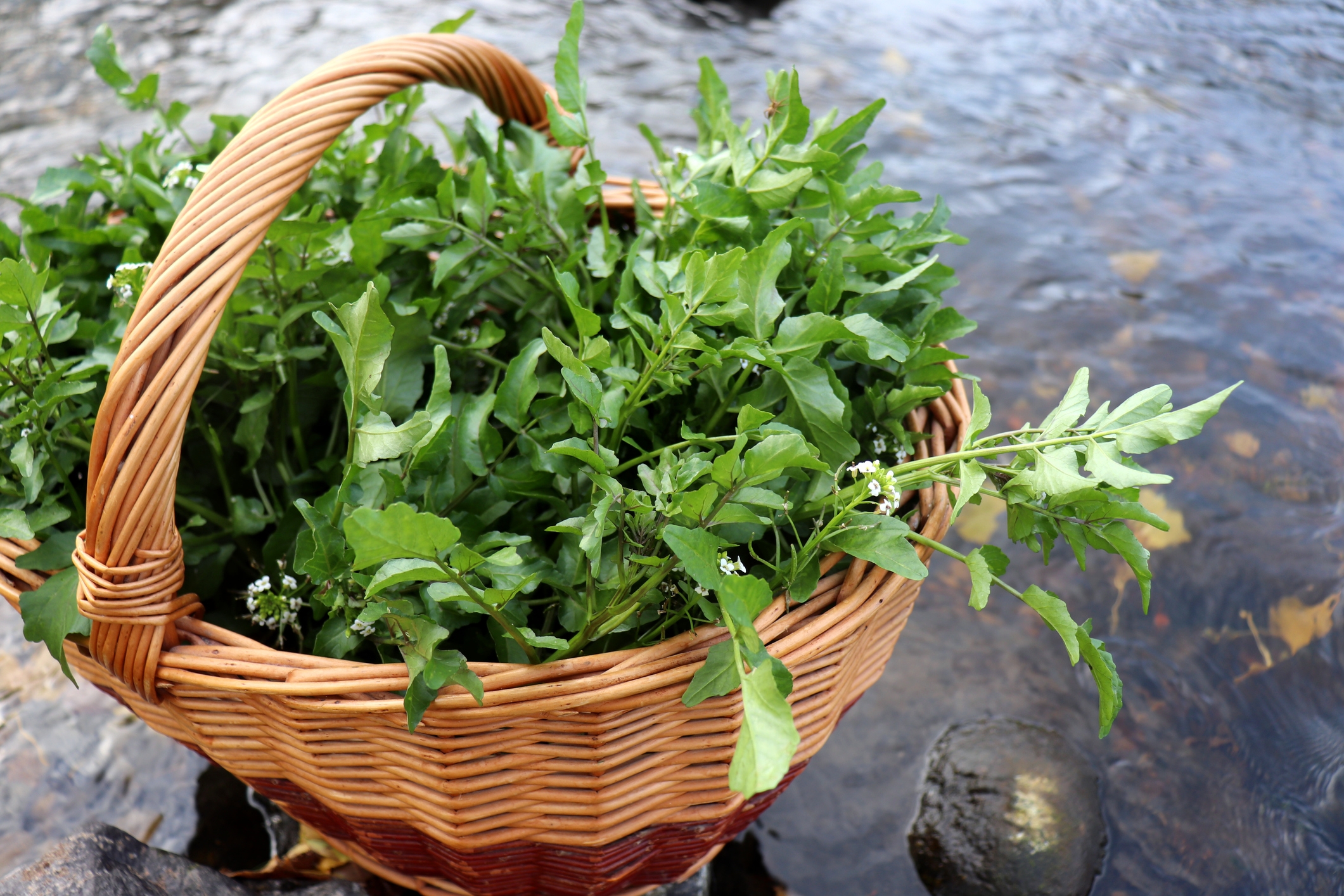Watercress
Watercress, a vibrant aquatic plant with a peppery taste, has been cherished for centuries for both its culinary and medicinal properties. Belonging to the Brassicaceae family, this perennial herb thrives in clean, flowing water and graces dishes with a unique, spicy punch. While not unique to any particular region, its cultivation and wild varieties can be found across different parts of the world, including parts of Canada.

More on Watercress
About
Watercress has small, round leaves and hollow stems, allowing it to float gracefully in water. The plant prefers cool streams, rivers, and spring-fed waters, where it can root in the mud while remaining partially submerged. It's rich in vitamins and minerals, notably Vitamin K, Vitamin C, and calcium.
In the culinary world, watercress is valued for its peppery flavor, often compared to that of mustard or radish. Beyond its taste, it is recognized for its health benefits, boasting antioxidant properties and compounds that may have anticancer effects.
Commercial cultivation of watercress often involves controlled aquatic systems that mimic its natural environment. This ensures optimal growth, taste, and nutritional value.
History
Historically, watercress has roots in various ancient civilizations. The Greeks and Romans consumed it regularly, valuing it not just for taste but also for perceived health benefits. Roman soldiers allegedly ate it to improve stamina and vitality. In ancient times, it was also used for medicinal purposes, from treating coughs to acting as a diuretic.
Over the years, watercress spread across continents, with its wild and cultivated varieties appreciated in both European and Asian cuisines. In Canada, while not a major crop, watercress can be found in the wild and in specialty markets, often gracing salads, sandwiches, and gourmet dishes.
Ways To Cook
Watercress's versatility in the kitchen is noteworthy:
- Salads: The most common use, where its spicy leaves add a kick to green salads.
- Soups: Watercress soup, creamy or brothy, showcases its unique flavor.
- Sandwiches: Used both as a garnish and a main ingredient, watercress complements various fillings.
- Sauces: Can be blended into sauces or pestos for an aromatic, peppery twist.
- Stir-fries: Especially in Asian cuisines, watercress is stir-fried with garlic and other vegetables.
- Smoothies: For a nutrient boost, watercress is blended with fruits and other greens.
- Garnishes: Whole sprigs or chopped leaves can be used to garnish dishes, from roasted meats to pastas.
When preparing watercress, it's vital to ensure thorough washing, especially if sourced from the wild, to remove any contaminants. Its tender leaves are best used fresh, as they can wilt quickly when heated.
Some Of Our Favourite Videos
Alberta Watercress Producers
Deepwater Farms
About this producerFoods from this producer:
